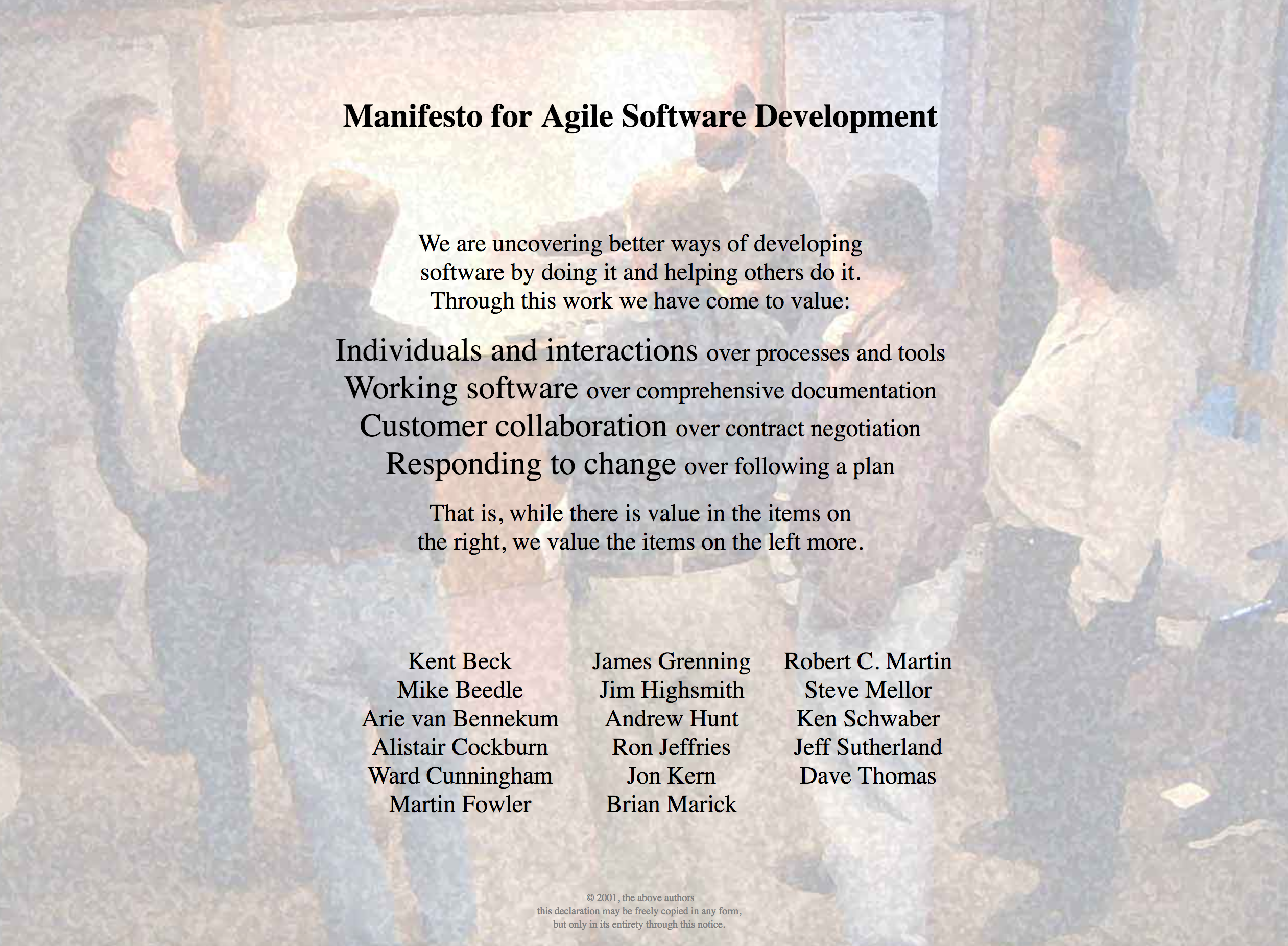There are some researches about team stages, the famous ones are Tuckman’s model and ShuHaRi. To be honest, both Tuckman’s and ShuHaRi models are generic and support for group development instead of cross-functional and self-organized team in Agile. But both of them are very well known and well explained to be borrowed to Agile. I usually use those models in common Agile article/training/coaching, and in this post as well. Tuckman defined team stages with Forming, Storming, Norming and Performing in his first publish. It’s a sequence, means each stage has it own obstacle that needs to be overcome for moving team to next stage (see Agile Y, chpt. 6).
While Tuckman is the team model of performance, ShuHaRi isn’t. ShuHaRi is the team model of learning and practicing Agile with Shu, Ha and Ri (following, branching, owning). But Agile is the iterative and empirical approach for building team and process, learning and practicing seem to be ‘everything’ that directly affect to the team performance.
Working in Agile team as an Agile coach, I like the idea of combining Tuckman and ShuHaRi: bringing the team through Tuckman’s stages by supporting them to overcome their obstacles following ShuHaRi. That bases on understanding team’s stages and its needs in each stage as ShuHaRi.
Stage 1: The child (Forming, Storming) & Shu: Need a ‘manager’
Team should be in a chaotic stage, a group of people with an initial agreement (on vision, working method…) but lots of disagreement (on process). What team needs is a very clear direction, who team needs is a leader with strong management skill, to quickly bring team out of chaotic state. Like a child, team doesn’t need to understand why red light is for stop, just stop. Command and control is acceptable here by well explained the reasons and high level of ‘command’: following code review, applying TDD…
Many people believe that Agile team shouldn’t have a leader – that I cannot agree. Any team has a leader itself in many ways, with or without title or responsibilities in the job description. In Scrum, ScrumMaster is a leader of process. My experience, there are 2 reasons for Agile team never steps out of those stages: team has a manager who lacks of leadership spirits, and team has a leader who lacks of management skills. Team needs both, a ‘leader’ to set the direction, and a ‘manager’ who make sure team do right (Shu). If one plays multiple roles (TeamLead or ScrumMaster…), team should expect the clear communication that they are SHUring, be patient to Ha and Ri in the next steps.
Stage 2: The teenager (Norming) & Ha: Need a ‘leader’
Team should be in organized stage, a half-team with some agreements that were built up from their experiences. What team needs is the clear objectives and a methodology to reflect their learning. Like a teenager, team understands why red light is for stop, green to go, and sometimes try the new things with yellow ones. Team needs a ‘leader’ who supports their decisions to try various things in their own ways, thing by thing, step by step. Team has few knowledge and skills of managing, then still needs but weak ‘manager’ could be good here. Together, managing skills can be built up by leadership spirit.
Stage 3: The mature (Performing) & Ri: Need a ‘coach’
Team should be in out-standing stage, a true team with self-organized and has enough skillset to perform well. What team needs is a methodology for keeping the continuous improvement, and who team needs is a coach. Like a mature, team understands why the lights exist in places, when it should be red, when it should be green. The method and coaching help both: team and team member. How team works well together is still an important knowledge and skills to be built up but team shouldn’t expect the big steps as in child and teenager stages. Keeping or stepping out of this stage needs team deep understanding about the methodology behind rather than just practice. Team and each member needs a coach who tells them the missing knowledges and skills, manage the improvement process and give feedbacks continuously.
FSNP-SHR
You could see it as a model or pattern to be applied in team. But the hard and trick part is the leader/manager needs to recognize the correct stage of the team to shift his role or responsibilities in the right time. The metrics are helful out there.



